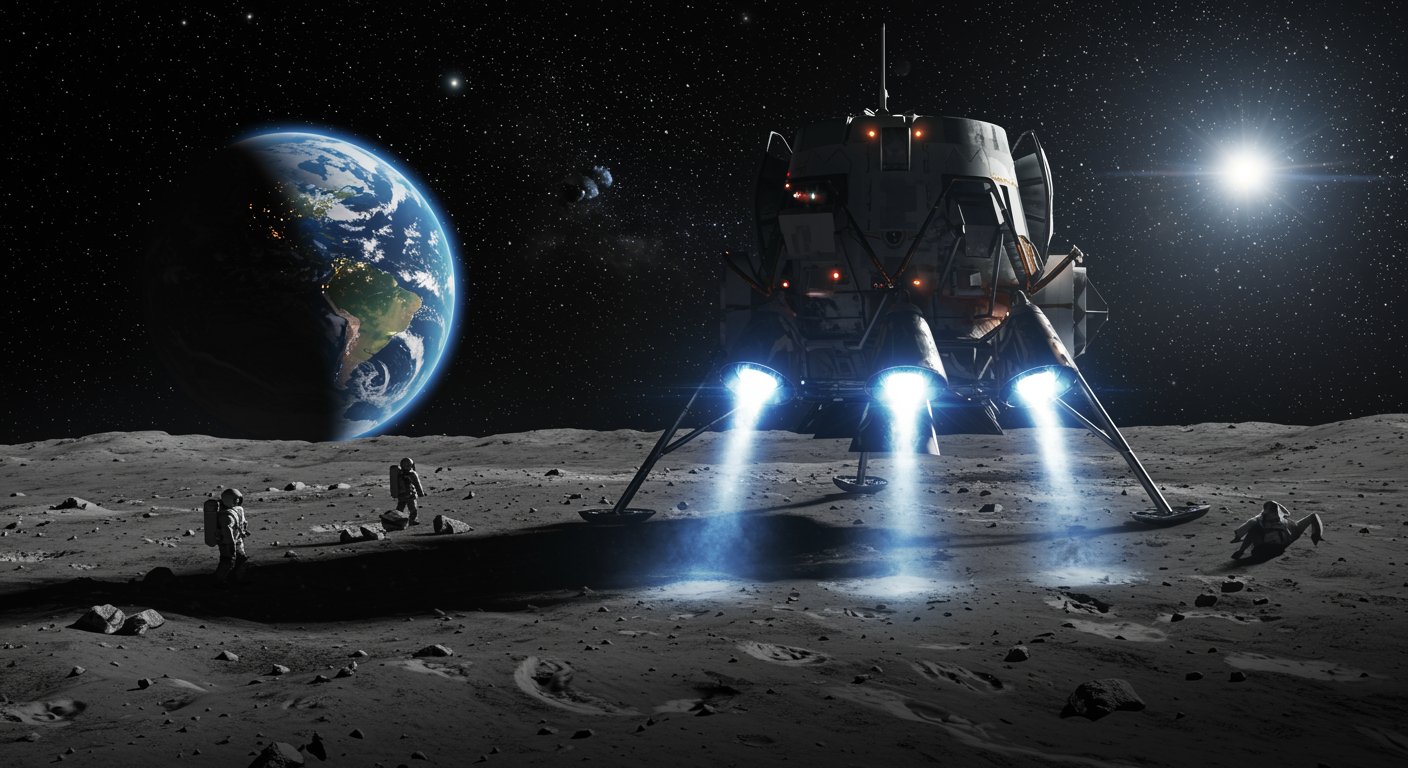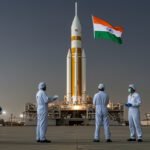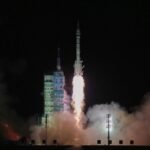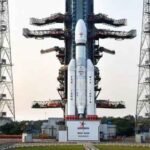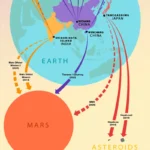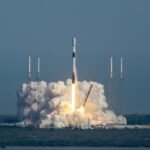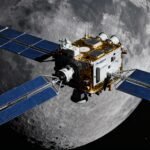For over half a century, no human has walked on the Moon. The Artemis program aims to change that. At the heart of it is Artemis III, intended to be the mission that returns astronauts to the lunar surface. But how near is that reality? As of 2025, multiple technological, scheduling, and funding challenges remain. This article walks through where things stand now, what’s been achieved, what’s delayed, and what still needs to fall into place.
What Is Artemis III (and Why It Matters)
- Mission goal: Artemis III is planned to be the first crewed lunar landing mission of the Artemis series, sending two astronauts down to the Moon while two remain aboard Orion in lunar orbit. NASA+2European Space Agency+2
- Lunar South Pole focus: The landing is targeted near the Moon’s South Pole — a region of high scientific interest because of permanently shadowed areas that may harbor water ice and other volatiles. NASA+2NASA+2
- Scientific objectives: Activities include field geology, sample collection and return, deploying experiments, and better understanding lunar formation and volatile reservoirs. NASA+2NASA+2
- Role in broader goals: Artemis III isn’t just about returning humans to the Moon — it’s a stepping-stone for sustainable lunar presence and future missions to Mars. NASA+3NASA+3asc-csa.gc.ca+3
The Current Status (as of Mid-2025)
Delays & Schedule Slips
Originally, NASA hoped Artemis III might happen as early as 2026, but delays have pushed the timeline. As of late 2024 / early 2025, NASA now targets mid-2027 for the mission. NASA+4spacepolicyonline.com+4Wikipedia+4
Reasons for the delay include heat shield issues, valve troubles in the Orion spacecraft’s life-support systems, and delays in the development of the Starship Human Landing System (HLS). Wikipedia+4Wikipedia+4spacepolicyonline.com+4
Hardware & Integration Progress
- Orion spacecraft: Technicians have recently powered on the Artemis III Orion crew module for the first time (inside Kennedy’s facilities) and are conducting tests on avionics, life support, and structural integrity. NASA
- SLS rocket: Processing and integration of the Artemis III SLS core stage are underway at the Kennedy Space Center’s Vehicle Assembly Building. NASA
- Landing system (Starship HLS): The plan is for SpaceX’s Starship (modified as a Human Landing System) to dock with Orion in lunar orbit, ferry two astronauts to the surface, then return them to Orion. European Space Agency+2NASA+2
- Landing site selection: NASA updated its list of nine candidate landing regions near the lunar South Pole, including sites like Haworth, Malapert Massif, and Cabeus B. These were chosen based on terrain safety, communication viability, illumination, and scientific value. NASA
What’s Still to Be Done (and What Could Go Wrong)
| Area | Key Tasks / Risks | Impact if Delayed |
|---|---|---|
| Heat Shield & Re-entry Hardware | Ensuring Orion’s heat shield can handle lunar return — past flights revealed damage during re-entry. Wikipedia+2spacepolicyonline.com+2 | A failure could force redesigns or further delays. |
| Starship HLS & Refueling in Orbit | Starship must be fully tested, validated, and able to refuel in orbit before lunar descent. NASA+4Born to Engineer+4NASA+4 | If Starship is delayed or fails key tests, Artemis III might be postponed or adapted. |
| Life Support & Valve Systems | Components in Orion’s life-support and valve systems are under scrutiny. Wikipedia+1 | Issues here can cascade into launch readiness delays. |
| Integration & Testing | All modules (crew, service, hardware) need to integrate, pass thermal, vacuum, vibration, and acoustic tests. | Any failed test could require redesign or rework. |
| Funding & Political Support | The Artemis program is expensive and partly dependent on consistent U.S. government funding and policy continuity. | Cuts or shifts in priorities could stall progress. |
| International & Commercial Partnerships | Coordination with ESA (European Service Module), SpaceX, and other collaborators must remain on track. NASA+2European Space Agency+2 | Delays or breakdowns in partner contributions could jeopardize schedule. |
How Close Are We, Really?
On one hand, significant strides have been made: the Orion modules are in testing, SLS assembly is progressing, candidate landing zones are narrowed, and the mission architecture is well defined.
On the other hand, delays have pushed the target to mid-2027, and the mission is still contingent on key systems performing flawlessly. Some in the space community believe further delays could occur. For instance, reports from oversight bodies and independent analysts express skepticism that all dependencies will be resolved on time. NASA+3spacepolicyonline.com+3forum.nasaspaceflight.com+3
So, in short: we are closer than ever in terms of plan maturity and hardware progress, but we’re not there yet. The mission has multiple “critical path” dependencies — if any one of them slips, the schedule may slip further.
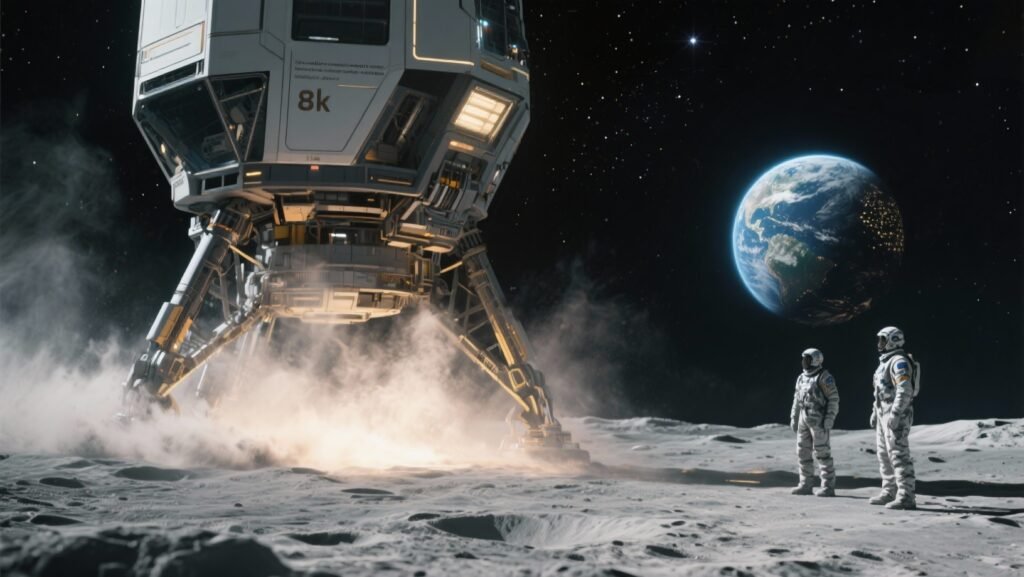
What to Watch Next (Near-Term Milestones)
- Orion integration and full system tests — especially stress, thermal, and life support checks.
- First full test flights of Starship HLS / orbital refueling operations
- Final selection of landing site and detailed landing zone design
- Crew selection announcement & training plans
- Budget allocations from Congress / U.S. policy continuity
- Any further slip announcements from NASA or partner agencies
Conclusion
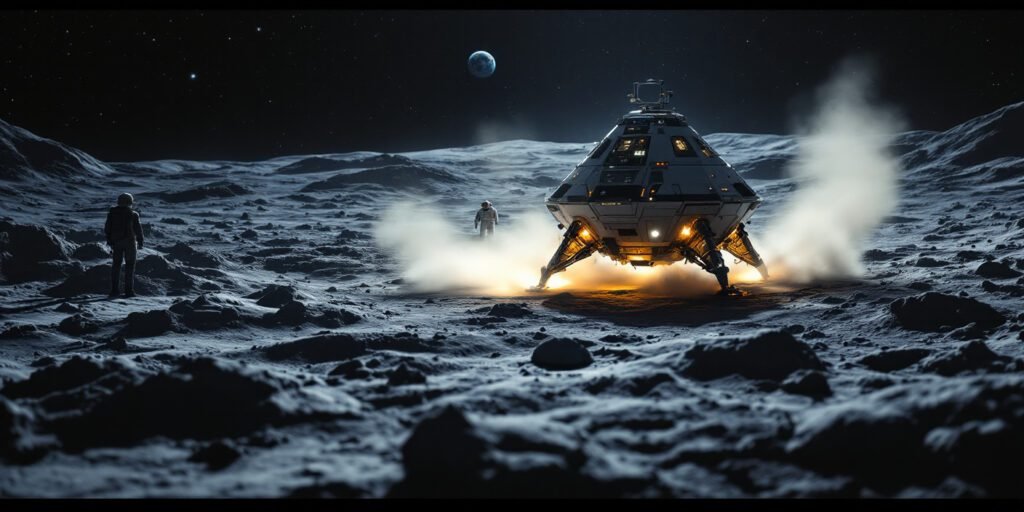
Artemis III represents a defining moment in human spaceflight — the first time since 1972 that astronauts would set foot on the Moon again. The architecture, goals, and planning are largely in place, and progress continues to inch forward. But the mission remains challenged by tough engineering tasks, dependencies on partner systems (especially Starship), and the ever-present risk of slipping schedules.
If all goes well, the Moon might see humans again by mid-2027. If not, we may need to wait a little longer — and in space exploration, that’s often how the timeline works.

